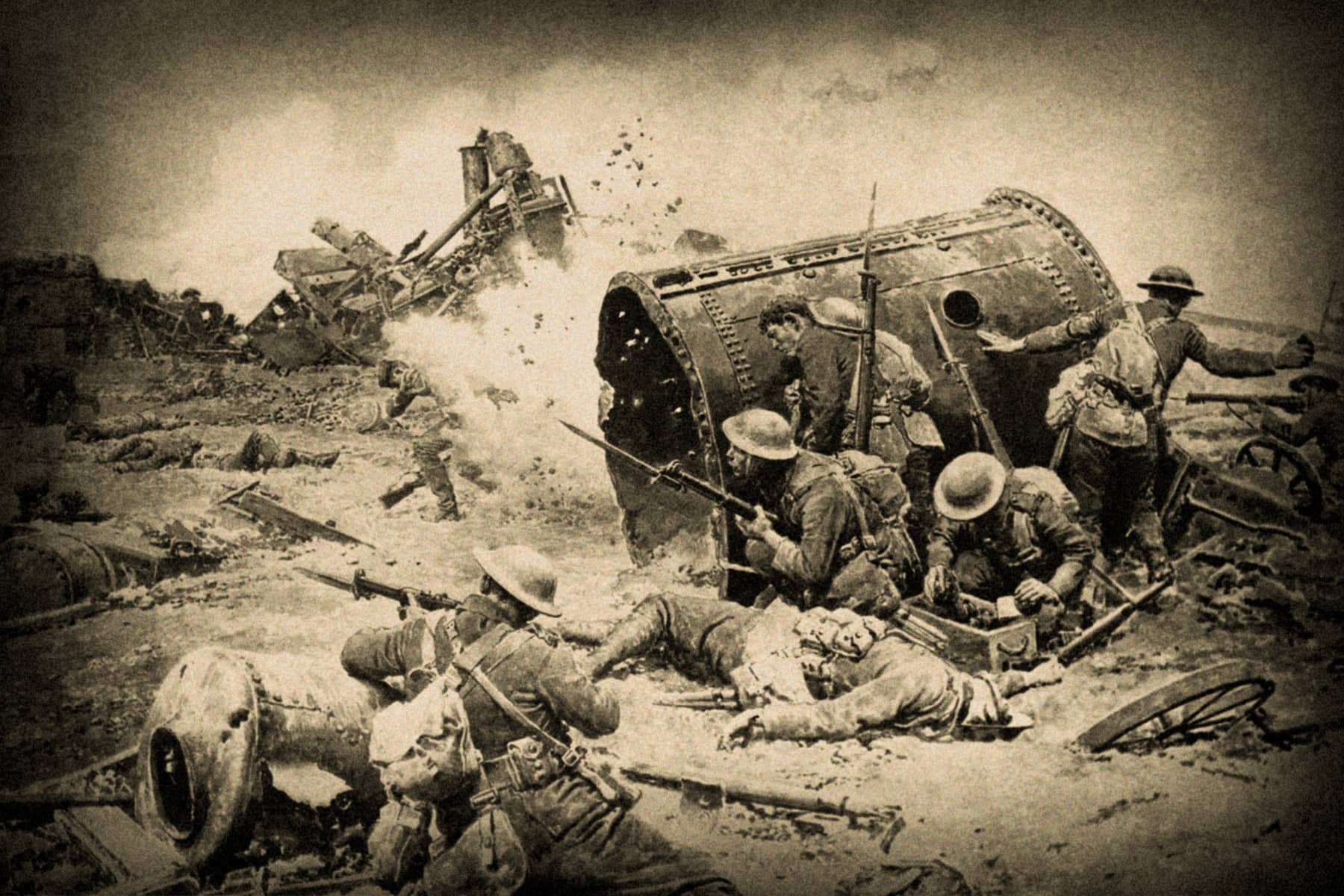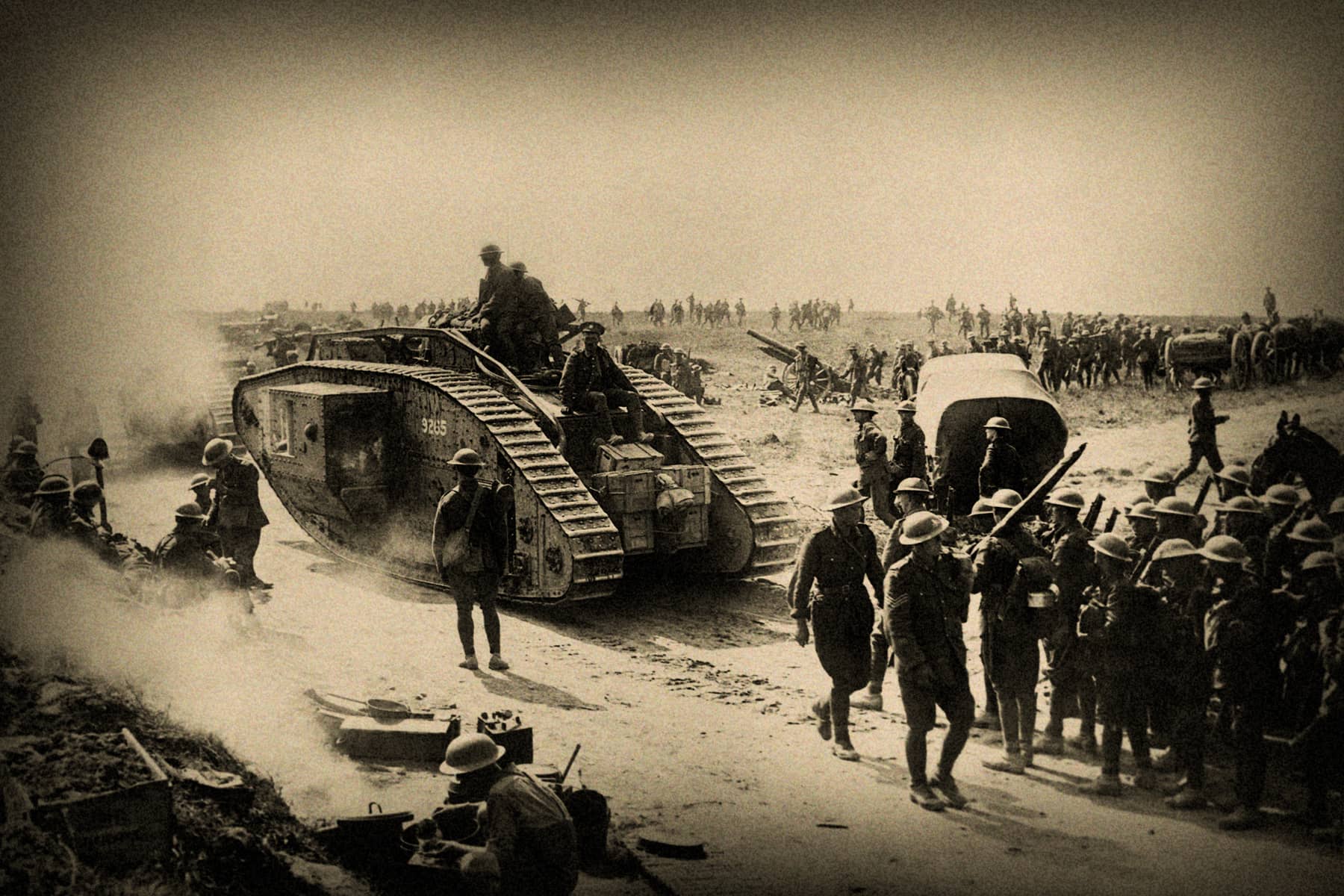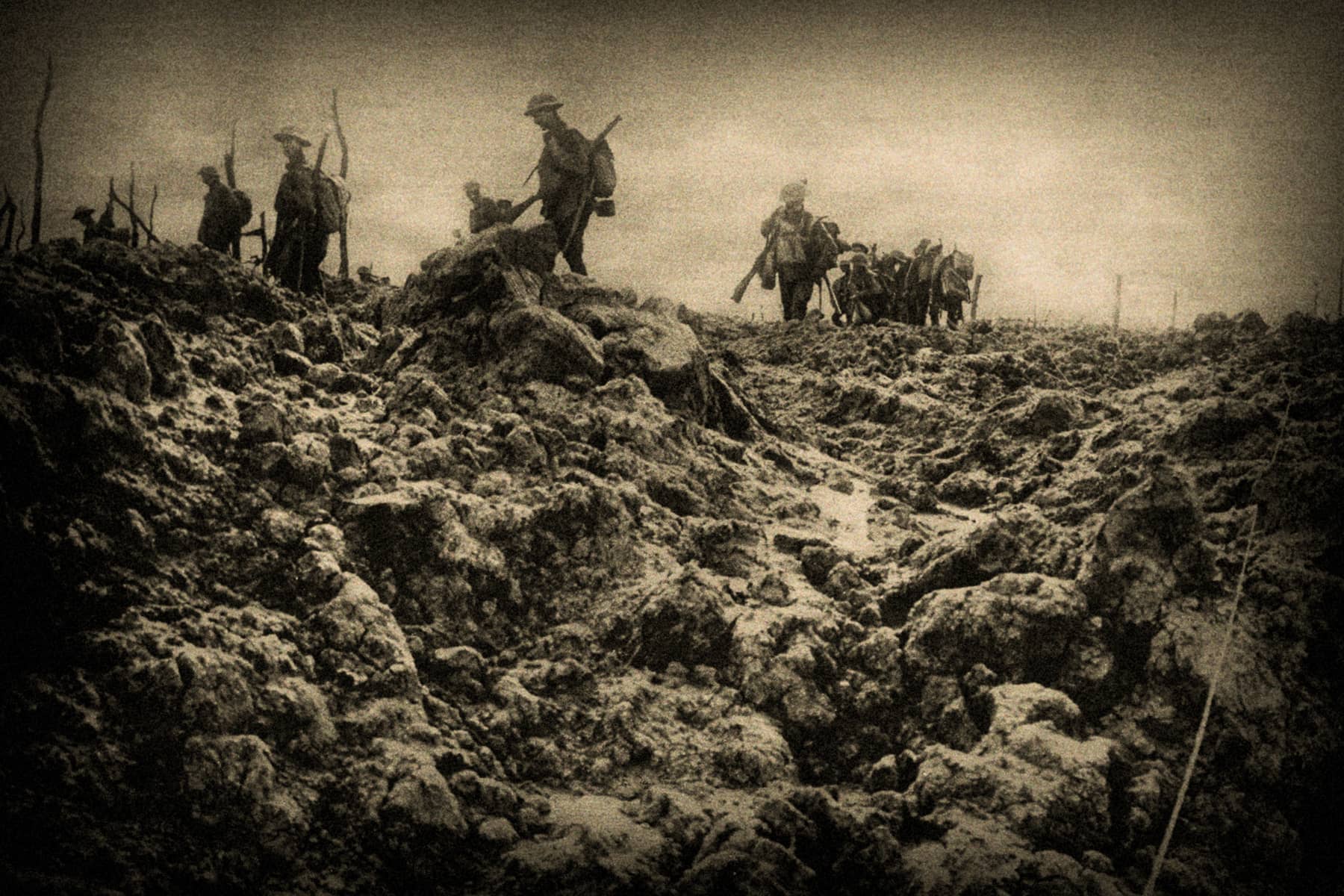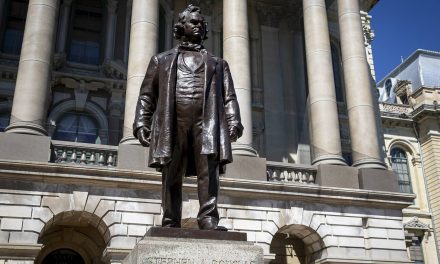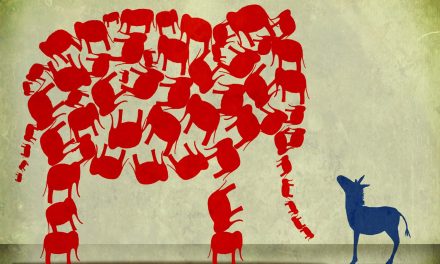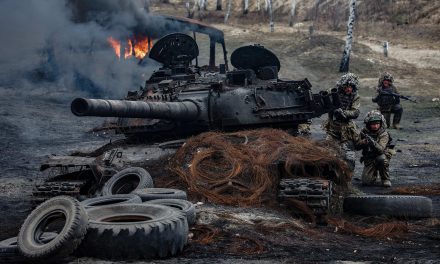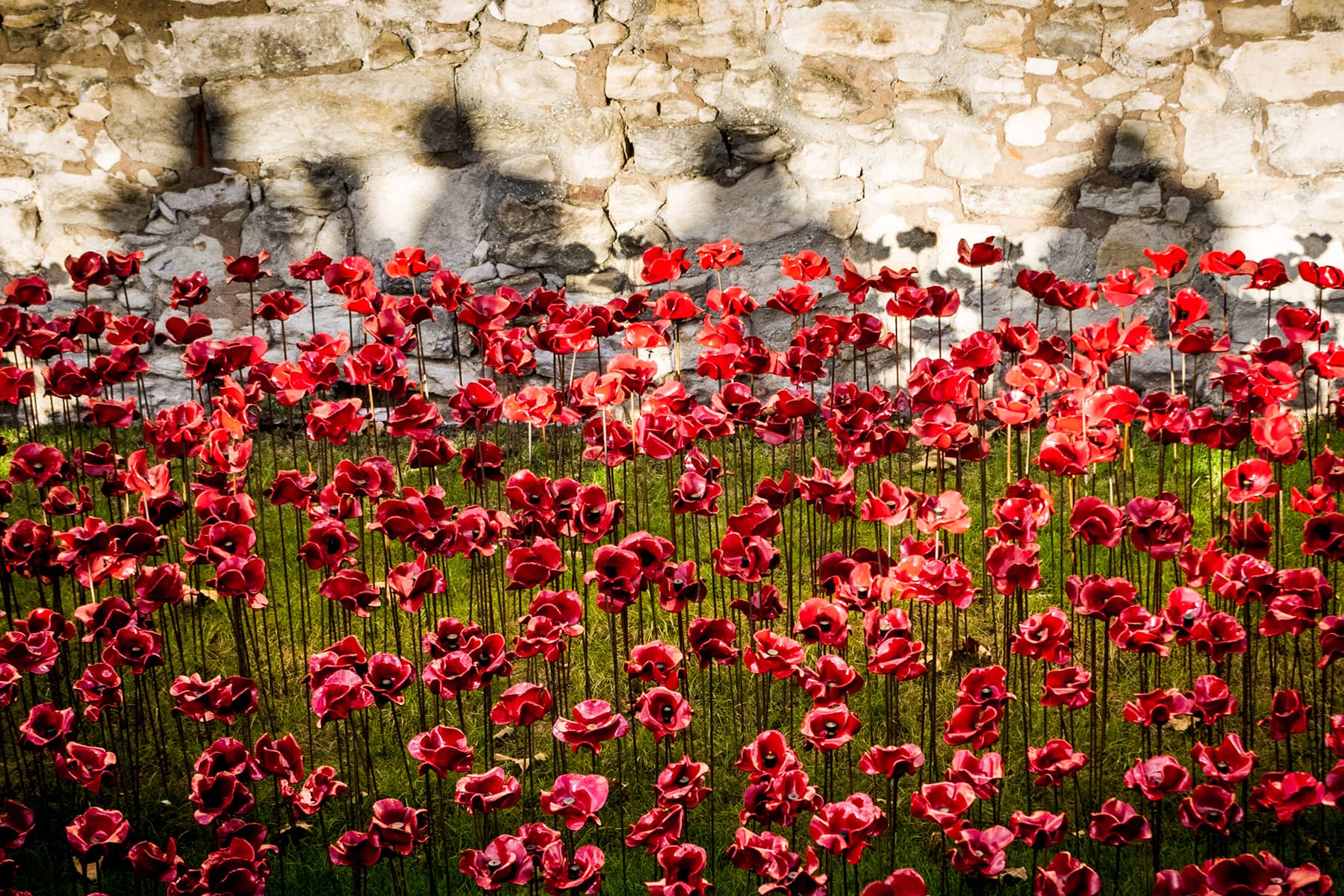
In 1918, at the end of four years of World War I’s devastation, leaders negotiated for the guns in Europe to fall silent once and for all on the eleventh hour of the eleventh day of the eleventh month. That armistice was not technically the end of the war, which came with the Treaty of Versailles.
Leaders signed that treaty on June 28, 1919, exactly five years to the day after the assassination of Austrian Archduke Franz Ferdinand set off the conflict. But the armistice declared on November 11 held, and Armistice Day became popularly known as the day “The Great War,” which killed at least 40 million people, ended.
In November 1919, President Woodrow Wilson commemorated Armistice Day, saying that Americans would reflect on the anniversary of the armistice “with solemn pride in the heroism of those who died in the country’s service and with gratitude for the victory, both because of the thing from which it has freed us and because of the opportunity it has given America to show her sympathy with peace and justice in the councils of the nations….”
In 1926, Congress passed a resolution noting that since November 11, 1918, “marked the cessation of the most destructive, sanguinary, and far reaching war in human annals and the resumption by the people of the United States of peaceful relations with other nations, which we hope may never again be severed,” the anniversary of that date “should be commemorated with thanksgiving and prayer and exercises designed to perpetuate peace through good will and mutual understanding between nations.”
In 1938, Congress made November 11 a legal holiday to be dedicated to world peace.
But neither the “war to end all wars” nor the commemorations of it, ended war.
Just three years after Congress made Armistice Day a holiday, American armed forces were fighting a Second World War, even more devastating than the first. Then, in 1950, American forces went to Korea.
In 1954, to honor the armed forces of those later conflicts, Congress amended the law creating Armistice Day by striking out the word “armistice” and putting “veterans” in its place. President Dwight D. Eisenhower, himself a veteran who had served as the supreme commander of the Allied Expeditionary Force in Europe and who had become a five-star general of the Army before his political career, later issued a proclamation asking Americans to observe Veterans Day:
“[L]et us solemnly remember the sacrifices of all those who fought so valiantly, on the seas, in the air, and on foreign shores, to preserve our heritage of freedom, and let us reconsecrate ourselves to the task of promoting an enduring peace so that their efforts shall not have been in vain.”
Central to Eisenhower’s vision, and to the American vision for world peace after World War II, was the idea of a rules-based international order. Rather than trying to push their own boundaries and interests whenever they could gain advantage, countries agreed to abide by a series of rules that promoted peace, economic cooperation, and security.
The new system provided places for countries to discuss their differences — like the United Nations, founded in 1945 — and mechanisms for them to protect each other, like the North Atlantic Treaty Organization (NATO), established in 1949, which has a mutual defense pact that says any attack on a NATO country will be considered an attack on all of them.
In the years since, these agreements have multiplied and been deepened and broadened to include more countries and more ties. While the U.S. has sometimes failed to honor them, their central theory remains important: no country should be able to attack its neighbor, slaughter its people, and steal its lands at will.
It is a concept that has preserved decades of relative peace compared to the horrors of the early twentieth century, and it is one the current administration is working hard to reestablish as autocrats increasingly reject the idea of a rules-based international order and claim the right to act however they wish.
In the modern world, Ukraine’s battle to throw off a Russian invasion is a defense of the rules-based international system. Ukrainians celebrated as Ukrainian soldiers forced Russian invaders out of the southern city of Kherson November 11, in one of the Ukrainian regions Russian president Vladimir Putin claimed for Russia just a month ago.
Ukraine president Volodymyr Zelensky delivered a televised message for people in the United States on November 11:
“On behalf of all Ukrainians, Happy Veterans Day and thank you for your service. For almost 250 years the men and women of the United States armed forces have prevailed against tyranny, often against great odds. Your example inspires Ukrainians today to fight back against Russian tyranny. Special thanks to the many American veterans who have volunteered to fight in Ukraine, and to the American people for the amazing support you have given Ukraine. With your help, we have stunned the world and are pushing Russian forces back. Victory will be ours. God bless America and Slava Ukraini.”
Еvеrеtt Collеctіоn and Pаul Clіff
Letters from an Аmerican is a daily email newsletter written by Heather Cox Richardson, about the history behind today’s politics

